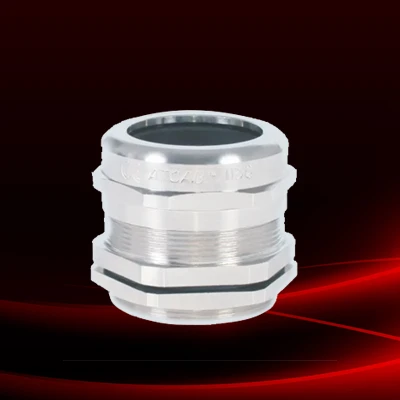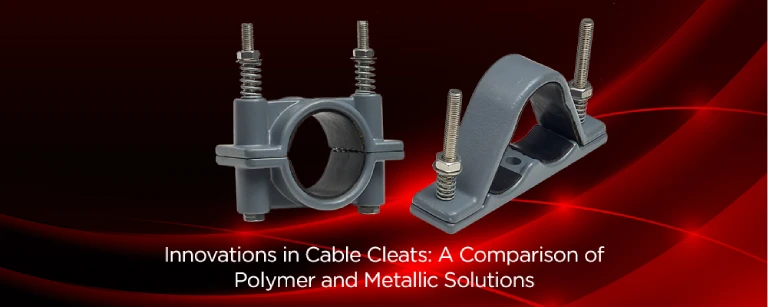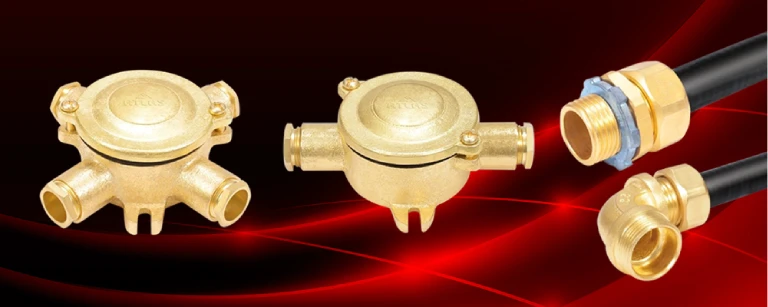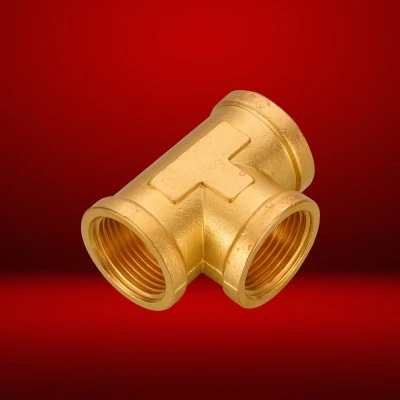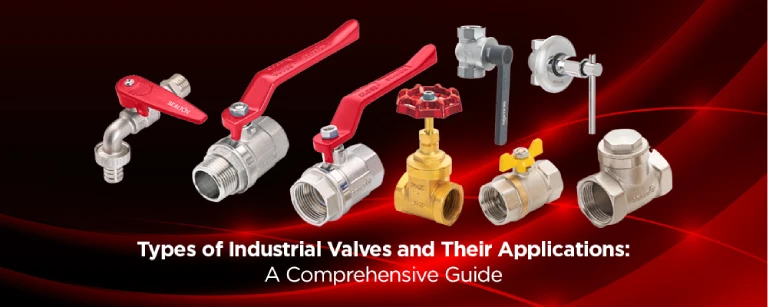
Atlas Metal has long been recognised for its contribution to industrial and electrical components, especially its expertise in precision brass fittings. With decades of trust, performance, and global presence, Atlas Metal continues to evolve in response to modern engineering needs.
One of the most exciting developments is the addition of Sealton Valves Private Limited to the Atlas product family. This strategic move strengthens Atlas Metal’s capabilities in industrial valves India, especially in fluid systems requiring durable and safe backflow solutions.
This blog explores the fundamentals of non-return valve uses, with a focus on brass non return valve systems like those produced by Sealton. We’ll dive into the key features, benefits, and industrial relevance of Sealton NRVs and help you understand why they are a top choice for efficient fluid control.
Whether you are an engineer, system installer, or industrial buyer, this comprehensive guide will help you identify the right backflow prevention valve for your project—crafted with trust by a leading brass valve manufacturer in Jamnagar.
A non-return valve for water, also known as a one-way valve or backflow prevention valve, is a key device in many fluid systems. Its function is simple but crucial: it allows fluid to flow in only one direction and automatically blocks reverse flow.
In most piping systems, the presence of pressure fluctuations or pump shutdowns can cause backflow, which can damage equipment or contaminate clean water supplies. That’s where the brass non return valve comes in. Made from corrosion-resistant forged brass, these valves ensure reliable performance in both domestic and industrial applications.
A one-way flow valve typically contains a flap, disc, or piston that responds to pressure from the fluid. When fluid flows forward, the internal mechanism opens; when the flow reverses, the mechanism shuts tightly to prevent any return movement.
Non-return valve uses are common in water distribution, heating and cooling circuits, chemical processing, and more. The simplicity of its design ensures minimal maintenance, while the brass body enhances durability across varied pressure and temperature conditions.
Sealton, under the Atlas Metal brand, offers specialized brass NRVs designed to perform efficiently even in high-demand applications, ensuring long-term system protection.
The Sealton Valves Private Limited range, especially the brass non return valve, is engineered for precision and reliability. These NRVs are made from high-grade forged brass, offering a combination of strength, corrosion resistance, and a clean internal surface.
Key Technical Features:
- Material: Forged brass body with superior mechanical properties
- Design: One-way disc mechanism for reliable flow control
- Connection Type: Threaded ends for quick and secure installation
- Pressure Rating: Suitable for moderate to high-pressure environments
- Temperature Range: Operational from sub-zero to elevated temperatures
These valves are versatile enough for both domestic and industrial systems. The clean bore ensures that fluids pass through without turbulence, reducing wear on downstream equipment. The forged brass construction also offers excellent resistance to scale and chemical corrosion.
Industries using Sealton brass NRVs include:
- Water treatment and pumping stations
- Plumbing and municipal water supply
- Heating, ventilation, and air conditioning (HVAC)
- Chemical and fluid processing industries
For industrial buyers seeking high-quality industrial valves India, Sealton NRVs represent an optimal blend of design precision and material longevity, proudly delivered by a reputed brass valve manufacturer in Jamnagar.
A quality non-return valve for water should offer long service life and dependability across a range of applications. Sealton NRVs, part of the Sealton Valves Private Limited line, are known for their well-engineered design and reliable performance.
Benefits Include:
- Corrosion resistance: The forged brass body resists moisture, scaling, and many chemical exposures.
- Long service life: Durable construction reduces the need for replacements and repairs.
- Minimal maintenance: Once installed, the valve performs independently without frequent checks.
- Pressure resilience: Suitable for backflow prevention valve requirements in medium to high-pressure environments.
Sealton’s commitment to performance is evident in every detail, from internal component finish to external threading consistency. These NRVs are also compatible with multiple piping standards and systems.
When choosing a brass non return valve, customers often compare factors such as cost, reliability, and compatibility. Sealton valves strike a balance, making them a trusted choice for OEMs, project consultants, and MEP professionals.
If you’re looking for a low-maintenance, high-efficiency one-way flow valve, Sealton’s NRV product is designed to deliver dependable protection against fluid reversal.
Non-return valve uses are widespread in both residential and industrial environments. The primary function is to protect fluid systems from reverse flow, which can cause pressure surges, contamination, or pump failures.
Sealton brass NRVs are used extensively across the following:
- Water Distribution Systems
- Prevent backflow contamination in municipal and building water networks.
- Pumping Systems
- Protect pumps from water hammer and flow reversal after shutdown.
- Chemical Processing
- Ensure unidirectional flow in systems carrying fluids with corrosive or reactive properties.
- Heating and Cooling Circuits
- Maintain proper flow direction in HVAC pipelines, preventing airlocks and energy loss.
These applications highlight why a dependable backflow prevention valve is vital to system longevity and operational safety. With increased demand in infrastructure, real estate, and industry, buyers need valves that combine durability, cost-efficiency, and easy installation.
By offering these benefits, Sealton Valves Private Limited has emerged as a reliable brand for various sectors seeking trusted industrial valves India.
Atlas Metal’s reputation is built on delivering reliable brass components to the global market. The introduction of Sealton Valves Private Limited underlines its commitment to expanding solutions in the fluid control segment.
Here’s why customers prefer buying brass non return valves from Atlas:
- Proven Legacy: Decades of trusted manufacturing in brass fittings
- Prompt Delivery: Efficient supply chain from its brass valve manufacturer in Jamnagar
- One-Stop Solution: Valves, fittings, and components available under one roof
- Customer Support: Technical guidance and after-sales service across markets
Atlas Metal is positioned to cater to both bulk industrial orders and custom application requests. Whether you’re dealing with a water distribution system or a specialty chemical line, the team at Atlas ensures that your non-return valve for water or other components meet the required quality and compliance standards.
When your application calls for a durable and tested one-way flow valve, you can count on Sealton NRVs, delivered by a name you trust—Atlas Metal.
The right backflow prevention valve is not just a component—it’s an assurance of safety and system efficiency. Sealton brass NRVs, now part of Atlas Metal’s product line, bring together quality materials, dependable design, and broad compatibility.
Choosing a trusted brass valve manufacturer in Jamnagar like Atlas Metal means you get access to top-tier industrial valves India, delivered with consistency and backed by decades of expertise.
For project managers, engineers, and procurement specialists, investing in Sealton NRVs means reduced downtime, fewer replacements, and smoother operations.
Explore the range, connect with the Atlas team, and find the best non-return valve for water and industrial setups—crafted with care and performance in mind
A brass non-return valve (NRV) allows fluid to flow in only one direction, automatically preventing reverse flow. This protects pumps, pipelines, and systems from backflow damage or contamination.
Sealton NRVs are used across multiple sectors, including water treatment, plumbing, HVAC, chemical processing, and pumping systems. They are suitable for both residential and industrial applications.
Brass offers a strong combination of corrosion resistance, mechanical strength, and thermal stability. It ensures long service life even in high-pressure and variable-temperature environments, making it ideal for fluid control systems.
When the fluid flows in the intended direction, the valve opens automatically. If the flow reverses, the internal disc or flap mechanism closes tightly, preventing any backflow or pressure reversal.
Yes. Sealton brass non-return valves are engineered to perform reliably under moderate to high-pressure conditions, ensuring safety and performance in industrial setups.
No. One of the main advantages of Sealton NRVs is minimal maintenance. Once installed correctly, they function independently without frequent monitoring or servicing.


